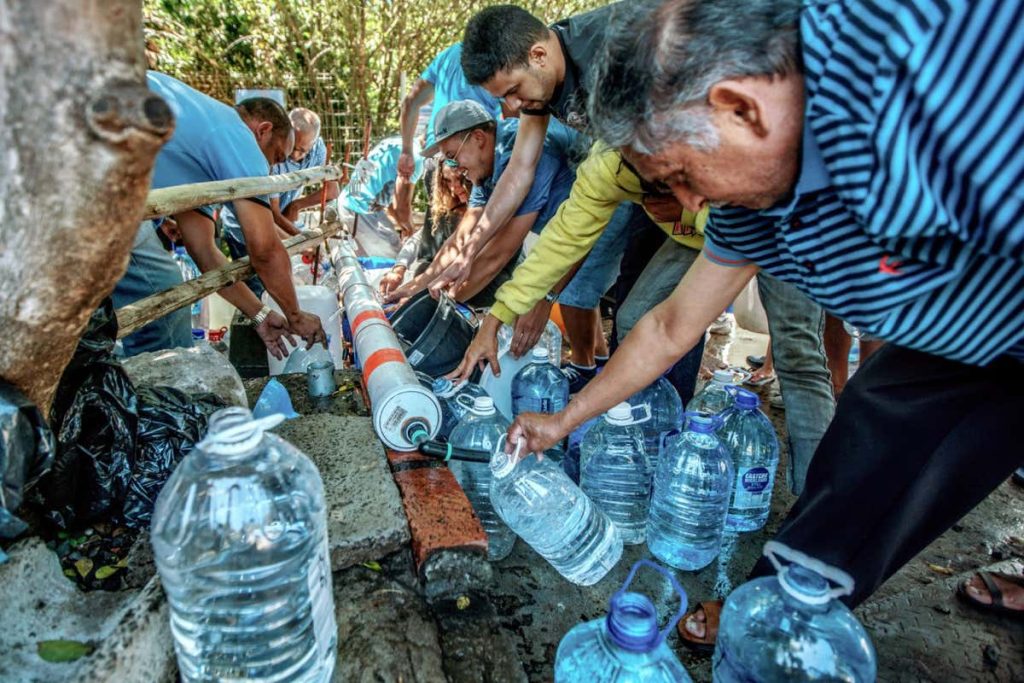You know: water is a precious and increasingly scarce resource, and in the world there are strong inequalities even in access to what should be a common good. But did you know that the disproportionate consumption of water by the wealthier classes is so out of scale that it puts global supplies at risk?
The Italian academic Elisa Savelli from Uppsala University, Sweden, whose studies combine sociohydrology with the political ecologies of land and water, studied the phenomenon with his team (we highlight Maurizio Mazzoleni, Maria Rusca e Julian of Baldassarre): I'll link the full document here.

Water in cities, an endangered asset
The increase in water demand is growing dramatically, especially in urban areas. If nothing is done, fine 2,4 billion people could be without water in 2050, an exponential increase compared to 933 million in 2016. Climate change and the increase in population in cities are among the culprits.
The phenomenon is already underway in some areas of the world. An emblematic example? Cape Town, South Africa: Between 2015 and 2018, a severe drought caused the city's water supply levels to drop to 12,3%. The situation has forced residents to limit use water to avoid the feared “Day Zero”, the day on which the reserves would run out.
Savelli's team analyzed the water consumption of different socio-economic groups in Cape Town before and during the drought. The researchers found that, before the water crisis, the water consumption of elite and middle-high income groups, corresponding to 13,7% of the population, it was even 51%. Conversely, 61,5% of the population (low income and informal inhabitants) it used only 27% of water resources.

Water consumption: why is that of the rich so high?
According to Savelli, many of them have swimming pools and lush gardens, which require large amounts of water for irrigation. And it's not just Cape Town: cities like Barcelona, São Paulo and Chennai, with high inequality and hot climates, are likely to show similar trends in water consumption.
During periods of drought, all socio-economic groups reduce their water consumption, but those with lower incomes struggle more to meet basic needs such as cooking and drinking. In contrast, wealthier groups have access to private sources, such as wells and bottled water. A resort, that of wells, which further dries up resources.
In other words: a vicious circle that tends to get worse.
How can the problem be addressed?
Savelli suggests that policy makers should not only analyze water consumption at the city scale, but should also consider the differences between various social groups. Above all, avoid indiscriminate rationing measures, which would disproportionately affect the most vulnerable.
In other words, it is necessary to question the political and economic systems that regulate our lives. The excessive consumption of water by the wealthiest groups is not sustainable and must be reduced.


